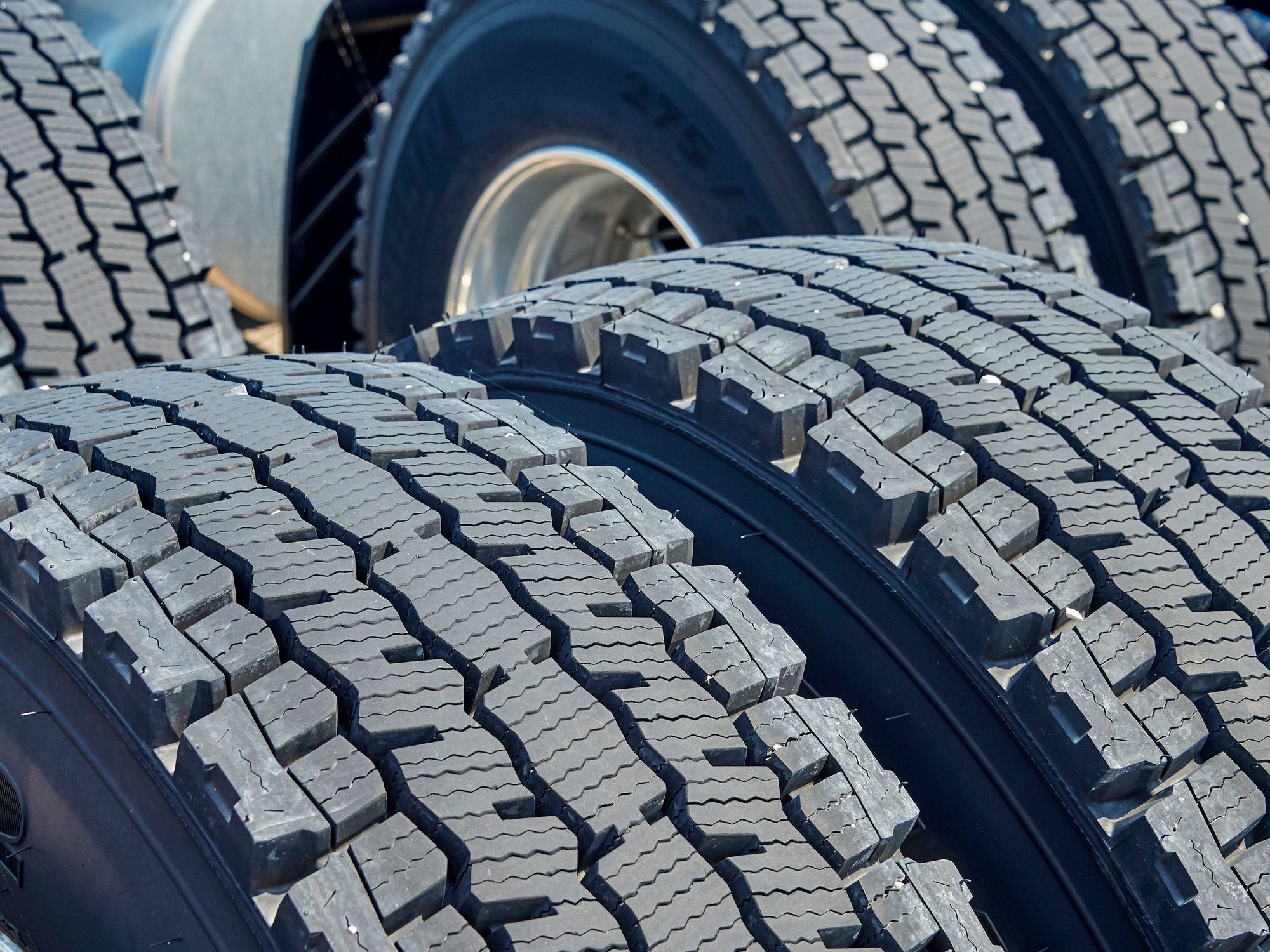Articles

- Articles are exempt from the HazCom standard requirements.
- If a hazardous chemical can be expected to be released only when the item is repaired, that is not considered part of its normal condition of use.
“Articles” are exempt from the requirements of the HazCom standard (HCS). An article is defined as a manufactured item other than a fluid or particle which:
- Is formed to a specific shape or design during manufacture,
- Has end use function(s) dependent in whole or in part upon its shape or design during end use, and
- Must not release more than very small quantities (e.g., minute or trace amounts) of a hazardous chemical, or pose a physical hazard or health risk to employees under normal conditions of use.
It may be difficult to define what is considered “normal conditions of use.” An employer may have a manufactured item that meets the definition of an article, but if it is burned, it produces a hazardous byproduct. The question then becomes, is burning “normal use” for the product? If burning occurs during its normal use, then it cannot be exempted as an article.
Normal use does not include incidental exposure.
If a hazardous chemical can be expected to be released only when the item is repaired, that is not considered part of its normal condition of use. The item would be considered an article under the HCS, and thus exempted. Stainless steel tables, vinyl upholstery, and tires are such articles.
Basically, if the product will be processed in some way after leaving the manufacturing site — heated, welded, glued, sawed, etc. — and a hazardous chemical could be emitted, it probably will not qualify for the article exemption.
Items that are covered by HCS include (this is not an exhaustive list):
- Bricks,
- Metal ingots,
- Wood products where the hazard is not just combustion (e.g., wood that is cut is covered since the sawdust created during the cut creates a respiratory hazard),
- Hazardous drugs not in final form or a solid (e.g., drugs that are crushed or dissolved prior to administration),
- Combustible dusts,
- Simple asphyxiants,
- Welding rods/wire,
- Acid batteries,
- Switches with mercury in them when a certain percentage break under normal conditions of use,
- Fabric treated with formaldehyde where downstream garment manufacturing employees will be exposed when making clothing,
- Consumer products not used in the quantities and the manner that a consumer would use them, and
- Oil and gas products.
